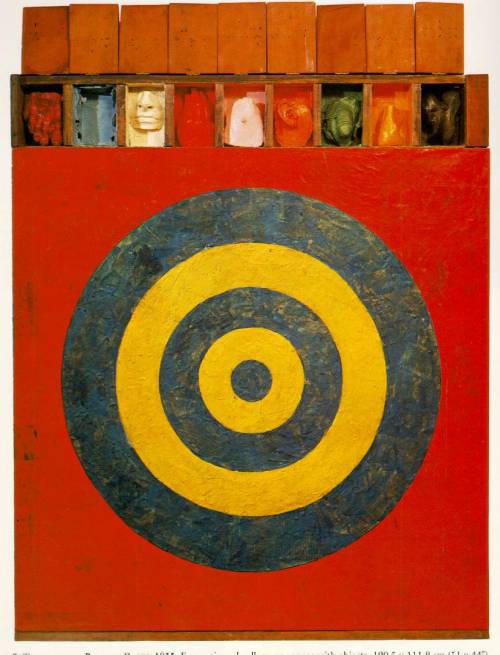The modern artist-dealer relationship is similar to a childstar- parent relationship. The artist strives to convey messages and emotion through their artwork, while the dealer supports the artist in the beginning but also reaps most of the benefits from the artist's artist’s success. Part of the role of the dealer is creating a aura of hype around the artist, building relationships with potential buyers, museums and critics.
Dealers such as the famous Marian Goodman dislike being referred to as dealers as it implies that they are buying and selling commodities and actually representing a piece of art work instead of the artist themselves. The modern dealer needs to create an environment of attention on the artist they represent and their work. Many dealers are fantastic salesmen/women and are known for not only vying for top dollar in primary market sales, but ensuring that the secondary market pushed the value for artists' artists’ works as well.
Leo Castelli is a perfect example of the attitude dealers must have toward art integrity, yet posses the seller's seller’s mentality for making money and getting big sales. Castelli transitioned from banking to art dealing in 1957. He had a constant supply of paintings from the artists he commissioned, and eased their worry about sales with his idea of paying artists a stipend while they were working on pieces. While Castelli treated his artists well, he also knew the art of the sale. Williem de Kooning said, "That “That son of a bitch, you could give him two beer cans and he could sell them" showing Castelli's them” showing Castelli’s passion for sales was on par with his passion for art. (These beer cans were later an inspiration for Jasper Johns- seen below).
While Castelli's Castelli’s skills as a dealer were top notch, one aspect of his business which sets him apart from many of his contemporaries is his respect of artist integrity. When Castelli showed Alfred Barr, the director at the time of the Museum of Modern Art, Jasper Johns' Johns’ Target with Plaster Casts (below), Barr asked Castelli if he could change the art to hide the plaster cast. However, Castelli believed in full artist integrity and stated that was not possible and instead, Castelli himself purchased the piece instead. (This was an especially good move as it is currently valued at over $100 million)
Personally, I can see a great overlap between the finance world and the art dealer. Both deal with people's people’s livelihoods and emotions, however often the best of both professions act with a financially savvy head, but a respect for the integrity of the product and customer. The best dealers focus on the art and the emotion to the customer. The art of the deal isn't isn’t on the value of a painting because one could not put a price tag on emotions. Instead, the best dealers weave art and commerce tastefully – holding the respect of the artist and the customer.
Some questions I have are regarding the regulation of the system. In nearly every one of the assigned readings and the movie, the phrase "unregulated market" “unregulated market” came up. What would people want to accomplish by regulating this market? Also are the current conditions of increased mercantilism a permanent fixture in our culture?

